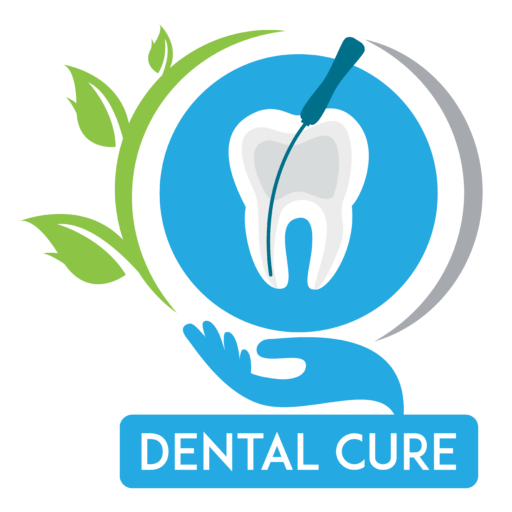Gum Diseases
What are gum diseases
Gum illnesses, also known as periodontal sicknesses, embody various situations affecting the tissues surrounding and assisting the tooth. Understanding those diseases, their remedies, and treatment care is pivotal for retaining oral health.
Different Types of Gum Diseases
- Gingivitis
- Early level of gum ailment.
- Symptoms encompass pink, swollen gums and bleeding in the course of brushing.
- Reversible with proper oral hygiene and professional dental care.
- Periodontitis
- Advanced degree with irreversible damage to the assisting structures of the tooth.
- Symptoms intensify with gum recession, pocket-forming among teeth and gums, and potential tooth loss.
- Aggressive Periodontitis
- The rapid development of periodontitis frequently affects young individuals.
- Severe bone loss and enamel detachment can arise.
What is the treatment procedure for a Gum Disease
- Scaling and Root Planing: Thorough cleaning to dispose of plaque and tartar from above and underneath the gumline. Smoothing of root surfaces to prevent bacterial adherence.
- Periodontal Surgery: For intense instances, a surgical procedure may be required to lessen pocket depth and restore broken bones. Procedures encompass flap surgery and bone or tissue grafts.
- Antibiotic Therapy: Topical or oral antibiotics can be prescribed to manipulate bacterial contamination and are often used alongside other remedies.
Post Treatment Care for Gum Disease
- Maintain Impeccable Oral Hygiene: Regular brushing, flossing, and antimicrobial mouthwash are used to save you from recurrence.
- Healthy Lifestyle Choices: Smoking cessation and pressure control help gum fitness.
- Routine Dental Check-ups: Regular follow-ups. The dentist will reveal the development and cope with any rising problems immediately.
FAQs related to Gum Diseases
Gingivitis is reversible with proper care. However, advanced tiers like periodontitis may additionally require ongoing control.
Scaling and root planing are non-surgical treatments. However, surgical operations might be essential for intense instances.
Antibiotics help manage infection. However, they are usually part of a comprehensive treatment plan with different interventions.
Recovery varies. However, patients can commonly resume ordinary sports within an afternoon or two. Complete recovery may additionally take some weeks to months.
